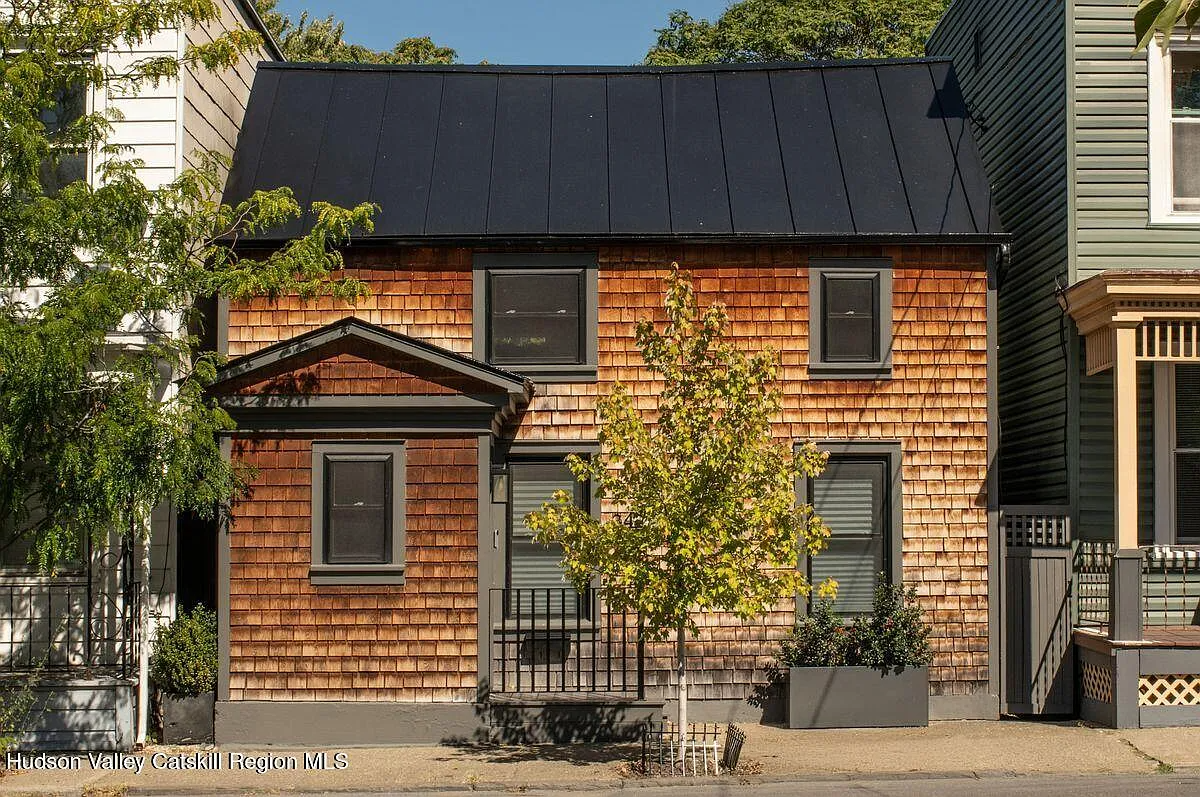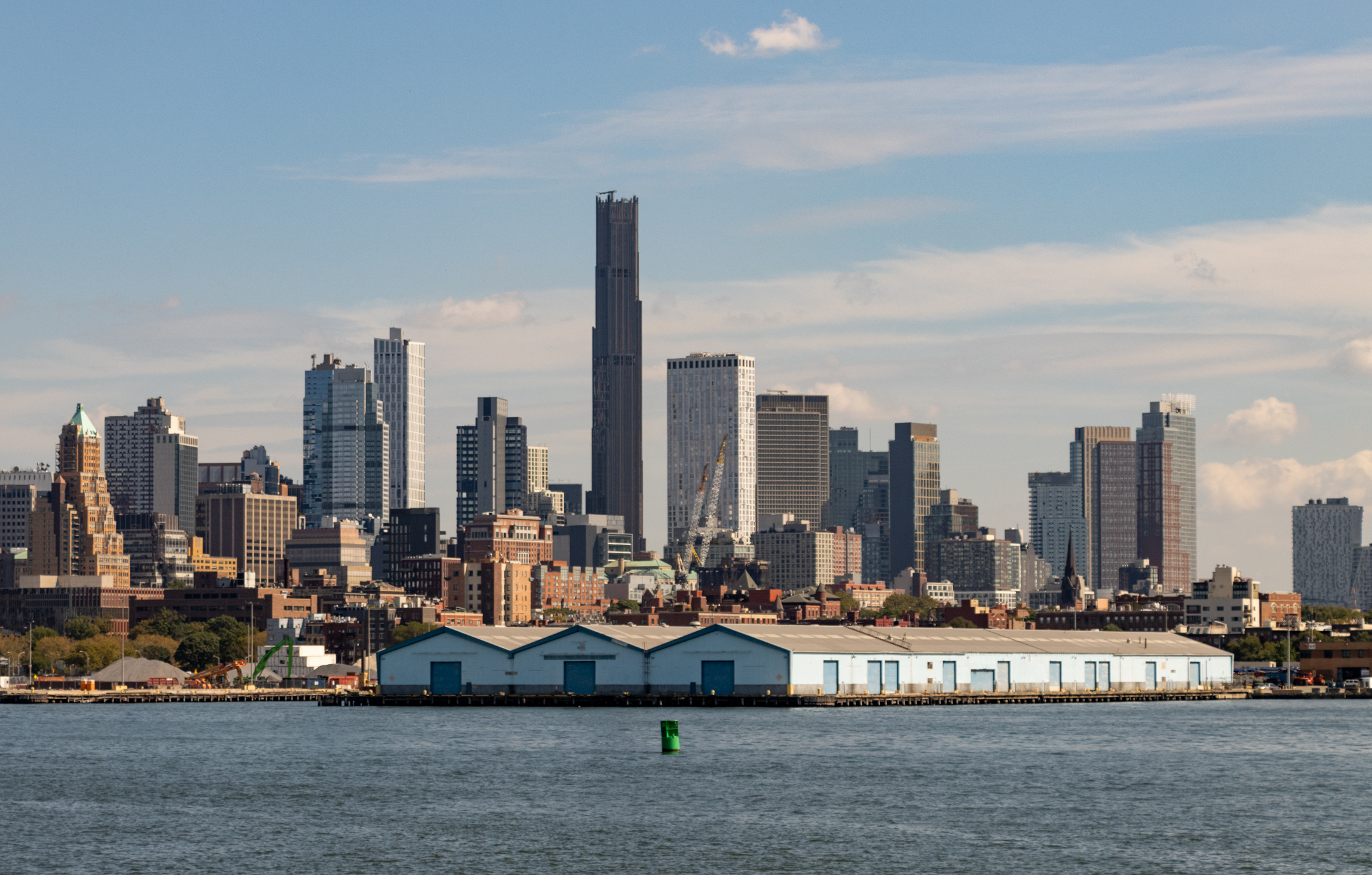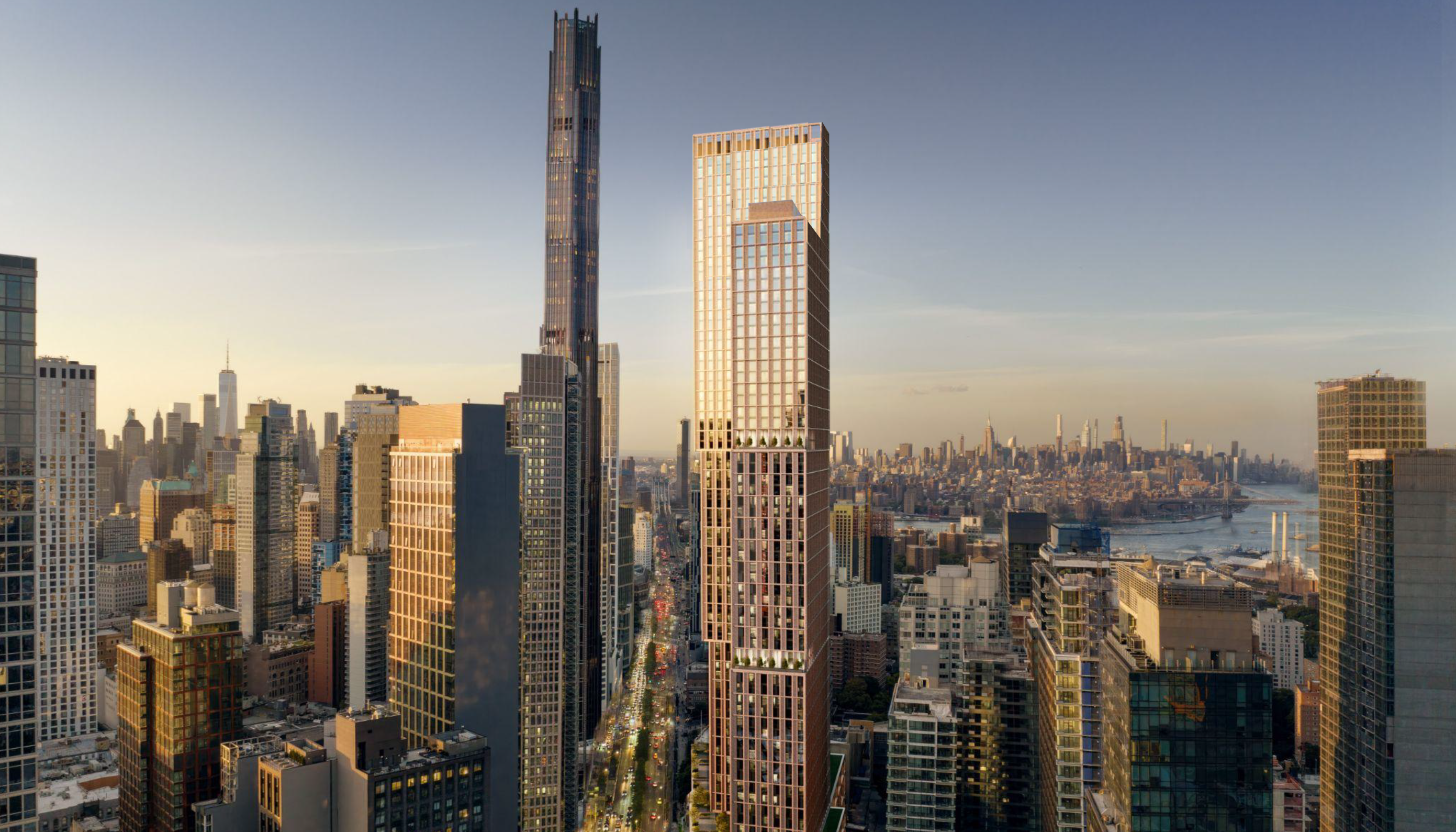Re-examining the Need for 421-a Subsidies
While we weren’t down with their methods, the folks from ACORN who stormed the Beacon in Dumbo a couple of weeks ago did have a point: It’s kinda silly that development subsidies put in place to stimulate building in the depths of the seventies market funk are still being used to put up luxury condos…

 While we weren’t down with their methods, the folks from ACORN who stormed the Beacon in Dumbo a couple of weeks ago did have a point: It’s kinda silly that development subsidies put in place to stimulate building in the depths of the seventies market funk are still being used to put up luxury condos in fancy neighborhoods in the biggest real estate bull market ever. Ariella Cohen digs a little deeper on the subject in this week’s Brooklyn Papers and finds that, in addition to the Beacon (which she reveals is 75% sold!), there are another 28 buildings currently in construction in the borough’s more upscale nabes that are benefiting from the same 15-year tax break. Except for the recently rezoned Williamsburg and Greenpoint waterfront, these subsidies carry no requirement to include affordable housing.
While we weren’t down with their methods, the folks from ACORN who stormed the Beacon in Dumbo a couple of weeks ago did have a point: It’s kinda silly that development subsidies put in place to stimulate building in the depths of the seventies market funk are still being used to put up luxury condos in fancy neighborhoods in the biggest real estate bull market ever. Ariella Cohen digs a little deeper on the subject in this week’s Brooklyn Papers and finds that, in addition to the Beacon (which she reveals is 75% sold!), there are another 28 buildings currently in construction in the borough’s more upscale nabes that are benefiting from the same 15-year tax break. Except for the recently rezoned Williamsburg and Greenpoint waterfront, these subsidies carry no requirement to include affordable housing.
Dated Perks Subsidize Luxury Condos [Brooklyn Papers]





Personally, I agree that many homes in Brooklyn are fantastic and should be preserved. Hey, I want one for myself. But, the person who built it built it for themselves and sold it to someone who bought it for themselves. And it’s that person who should have the say over what happens to it.
Everyone has their own opinion on what is great architecture. I never like the idea of trying to dictate by comitte what buildings stay and which go. And the ones that replace the old ones can be even better.
David- there you go again. Generalizing. Historical preservationists are not Luddites and a 50 story building in Downtown Brooklyn is obscene because then more and more will be built until Brooklyn no longer exists except as an outpost of Manhattan. Your opinion on people not wanting to live near hi-rises makes me wonder 2 things. 1. do you live near one? and 2.Would you live near one? It’s a little hard to take the opinion of a guy who made the choice to live in a brownstone, in a brownstone neighborhood. NIMBY indeed.
I have relatives who live in Amalgamated/Bronx and I know it very well. Not only is it a charming place in a beautiful setting, but it certainly does not fit the criteria of “Hi-Rise Warehouse”. Nor does Parkchester or Hillside. The one building that is a true hi-rise is the big building across from the reservoir which was built in the 60’s. Most of the complex has lovely courtyards and gardens, schools, single family homes and tudorish detail. The apartments are anything but little boxes of ticky-tacky. Parkchester is a classic of deco-ish detail (I think it was built later than the 20’s but am not sure. Paul Ave. and Tracey Towers are true hi-rises, along with a whole slew of others just outside of amalgamated. They were build as real, humanly scaled neighborhoods. Not big, impersonal warehouses.
Amalgamated in the Bronx is mostly HIGH RISE and is built in the “garden style” like NYC Housing Projects (and Stuy Town & Parkchester)…isnt this exactly the types of “warehouses” people are decrying all the time?
As for people not wanting to live in or near high rises – here is my opinion – tough; As a society we cant afford to spread people out all over the place; the enviromental and economic costs of sprawl is too great.
This is even more true in places like NYC that have a great mass transit infrastructure already established. We cant afford to squander it b/c a bunch of luddites dont want to accept reality.
That said I am not advocating the wholesale destruction of existing properties (or historical zones) but the idea that you cant build a 50 story building on an empty lot in Downtown Brooklyn is obscene
I’m sorry, iceberg, but an historic property IS a legacy. It’s more than just the sum of its parts. An old building, especially a house, is a piece of history, the sum of the talent of its architect, builders, and craftspeople. It is the beauty of a fine piece of woodwork, a ceiling frieze or the turn of a stairwell. It reflects the manufacturing mores of its time, the gleam of a brass doorknob, the beauty of stained glass and the graceful lines of a clawfoot tub. It is also the ghosts of the people who lived in it, who were born, grew up and died within its walls, and the marks they may have made, not only in the house, but perhaps to society and the world. And they are our homes, where we add our own layers of history.
THAT’S why we have historic preservation, and why as current owners of such a property, we are stewards. We are only taking care of these houses, which were there before us and will be there, God willing, long after we are gone. We all add to them, change them as needs must and the times dictate, but they are still tangible pieces of history and culture that should be regarded as more than just pieces in a large game of Monopoly.
Brower Park,
I have to go home and must be brief. I’m sure you’ve seenother cities. Chicago, Atlanta, Miami, all have done a lot better than NYC since the intense regs were introduced. These (residential) NYC buildings were built with government involvement in the zoning, financing, and the rents that could be charged.
When every other consumer good has gotten better, including housing, outside of NYC, doesn’t it paint a very bad case for gvt intervention?
I love the new buildings in Miami. Maybe that’s subjective, but, compare them any day of the week to the Feder crap here, or the Mitchel Lamas, etc….
Have to say this has been one of most interesting and informative threads in a long time. Thanks everyone!!
Dave,
You cannot ignore the fact that New York City has become increasingly popular as the city improved. That has added tremendous demand. Imagine, if we would tear down most of the high rises and just make a few large townhouses. I hope you would agree that they would be incredibly expensive to live in.
Or, imagine if 1 million new units hit the market. Would prices go down? A bit?
“land is scarce in a city, therefore acquisition costs will be higher.”
We agree on that. But, with so many tenaments, and the ability to build up, this should be a no-brainer and they would disappear.
Do you think that if we eliminated RC/RS/most zoning that it would become cheaper to purchase propery for development?
Then Iceberg, if that’s all it is, why do you post on a site like Brownstoner unless you live in a brownstone or older house, or in a renovated building?
“Is this what is so important, that we should ride roughshod over property rights, and also affordable housing!??”
And just what property rights are you referring to? A Developer’s? I can’t believe you honestly think a developer will build affordable housing given a choice to build that or luxury housing. And as far as legacy vs stewardship- preserving an old home and wonderful neighborhoods is both. It’s also sound economic and environmental sense although I know people will start flaming away over that comment. BTW I know of no one who says Manhattan’s look should be preserved as it was 200 years ago. A little late for that anyway- but historic districts, why not?
Cities are very complex and each of their different parts together make a distinctive whole. It’s a very delicate balance- blaming rules and regulations for the problem is like saying the Titanic sunk because it was sailing in icy water. If you’ve ever read the analysis of the sinking, there were a large number of factors that that played into it. SImply blaming the iceberg isn’t near enough information.
Oh, I completely agree with you on that, Josh, those buildings are gorgeous and masterworks of architecture.
But it’s hard to compare something like the Woolworth Building, which was built from 1910 – 1913, during the height of the Beaux Arts period, which produced some of the best architecture this city has, to the office cubes in the canyons of 6th Ave, which were built during the 60’s and 70’s, not a watershed time for fine design. The aesthetics are totally different – maximism vs minimalism, more is more vs, not much, the building materials and the entire technology of building is completely different. Personally, the interesting buildings in midtown are the surviving turn of the century buildings on the side streets, and I hope that any further development in midtown is done with an eye towards preservation, not just FAR. We don’t always have to destroy in order to revitalize.
Anyway, I think the mindset of the people who built much of the parts of midtown that you are referring to was not too different than that of Mr.Woolworth and his peers, he had the better architects, later people had better technology to put up huge glass and steel towers.
As for Mitchell Lama housing, they were built as middle class projects, and like most projects, not much thought was given to any kind of design aesthetic. Build ’em tall and cheap was probably the only mandate. That’s not the mindset of the builders of WEA or CPW, who were building structures for a privileged few who could afford beauty, and for whom the architects could lavish those wonderful details that are thankfully preserved. They also had the cheap skilled European immigrant labor to produce the stone work and other details that are no longer in demand.
It’s such a different world now, I wish we could still put up gorgeous buildings, and I also wish we would encourage developers to allow architects to be more creative in today’s housing, especially in affordable and subsidized housing. Less than luxury does not have to equal ugly.